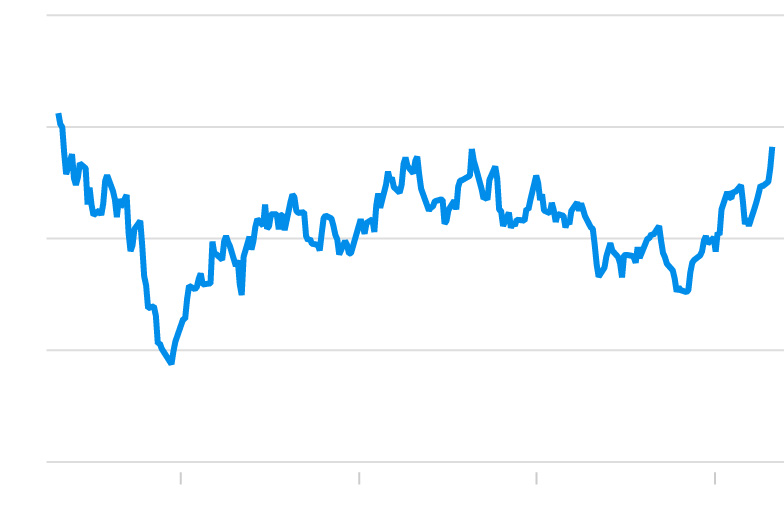
The recent review of spending by the UK government has revealed a considerable rise in investment for research and innovation, increasing from £20.4 billion in 2025-2026 to £22.6 billion annually by the close of the 2029-2030 timeframe. This financial enhancement, totaling an extra £86 billion over four years, aims to promote progress in fields like drug research, battery advancements, and artificial intelligence.
Chancellor Rachel Reeves underscored that the government’s dedication to science and technology is pivotal to Britain’s industrial approach. This strategy, which is set to be unveiled later this month, will correspond with the larger 10-year infrastructure initiative and is being crafted in partnership with businesses and trade unions.
Beyond R&D funding, the review stresses the importance of investing in low-carbon energy infrastructure and guaranteeing energy security. Key investments include £14.2 billion for the Sizewell C nuclear facility, £2.5 billion for programs involving small modular reactors, and £2.5 billion for nuclear fusion technology. An investment of £9.4 billion is earmarked for projects on carbon capture and storage.
The Advanced Research and Invention agency has received a commitment of at least £1 billion for future terms, further promoting cutting-edge research. The Royal Society of Chemistry recognized this funding as advantageous, although they pointed out that it equates to “broadly flat cash in real terms,” and advocated for ongoing support for science education and the chemical industry.
Alicia Greated from the Campaign for Science and Engineering (CaSE) and Steve Bates from the UK BioIndustry Association both welcomed the budgetary priorities, acknowledging them as a pledge to boost the UK’s R&D capabilities. In general, there is still expectation surrounding the implementation of the industrial strategy, especially concerning its effects on vital sectors like life sciences and its wider economic ramifications.